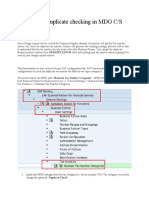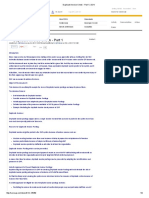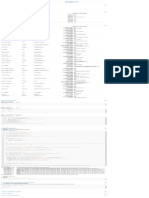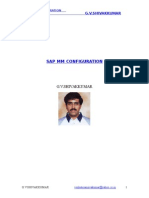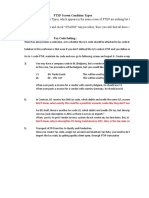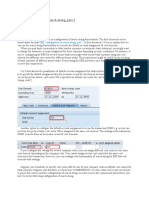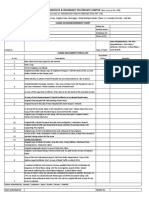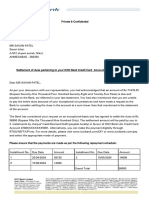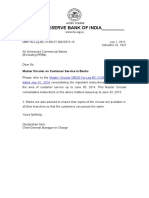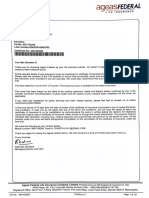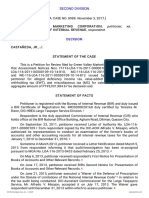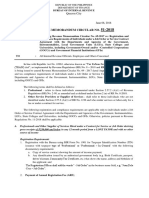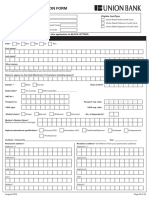0% found this document useful (0 votes)
66 views11 pagesDuplicate Invoice Configuration
The document outlines the configuration and processes in SAP to prevent duplicate invoice postings, detailing the fields checked based on whether the reference document number is filled. It emphasizes a holistic approach to mitigate risks, including restricting access to vendor master creation and implementing mandatory checks. Additionally, it provides specific transaction codes for configuring duplicate invoice checks and illustrates the process with examples of posting invoices in SAP.
Uploaded by
Kenisha KhatriCopyright
© © All Rights Reserved
We take content rights seriously. If you suspect this is your content, claim it here.
Available Formats
Download as DOCX, PDF, TXT or read online on Scribd
0% found this document useful (0 votes)
66 views11 pagesDuplicate Invoice Configuration
The document outlines the configuration and processes in SAP to prevent duplicate invoice postings, detailing the fields checked based on whether the reference document number is filled. It emphasizes a holistic approach to mitigate risks, including restricting access to vendor master creation and implementing mandatory checks. Additionally, it provides specific transaction codes for configuring duplicate invoice checks and illustrates the process with examples of posting invoices in SAP.
Uploaded by
Kenisha KhatriCopyright
© © All Rights Reserved
We take content rights seriously. If you suspect this is your content, claim it here.
Available Formats
Download as DOCX, PDF, TXT or read online on Scribd
/ 11

















